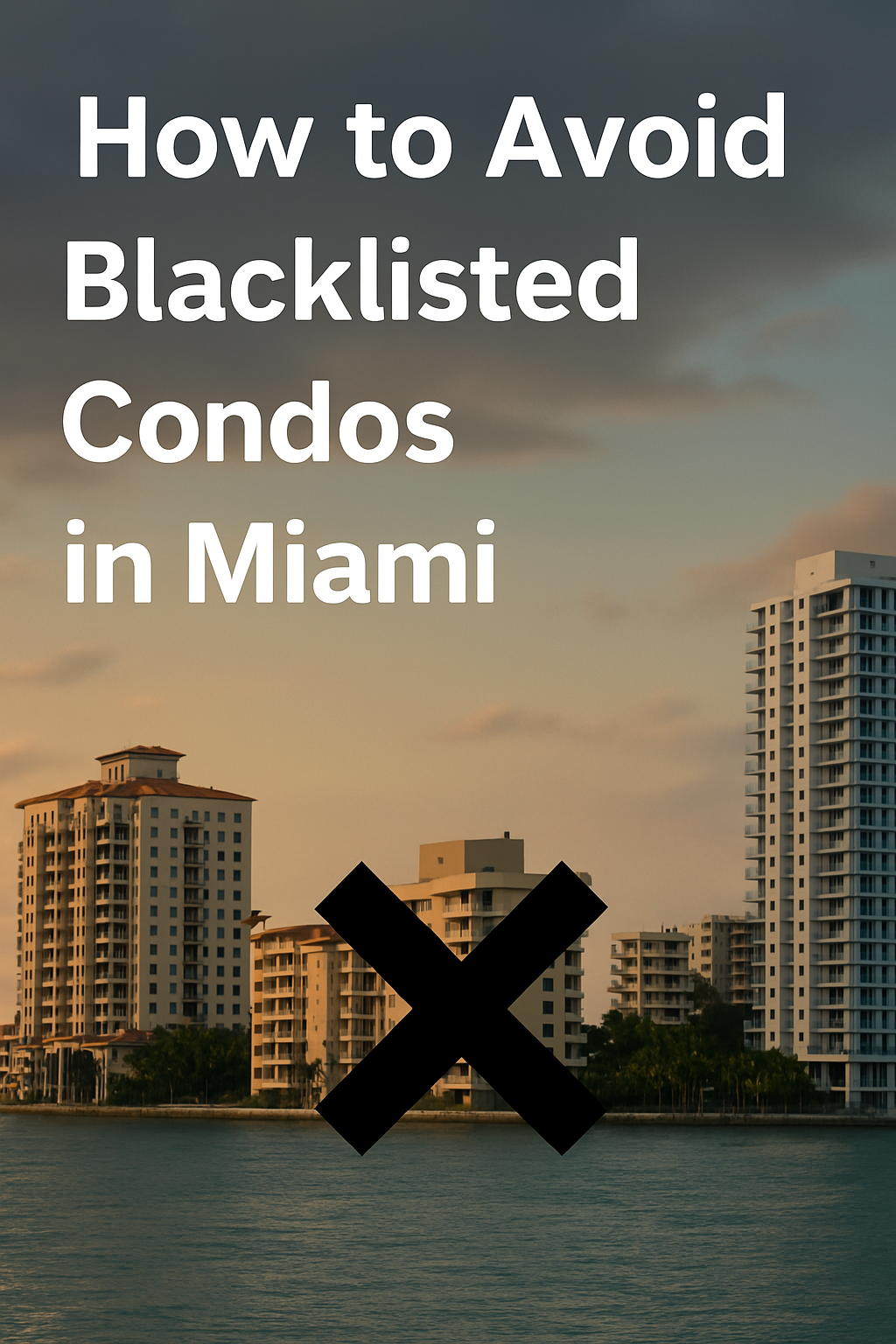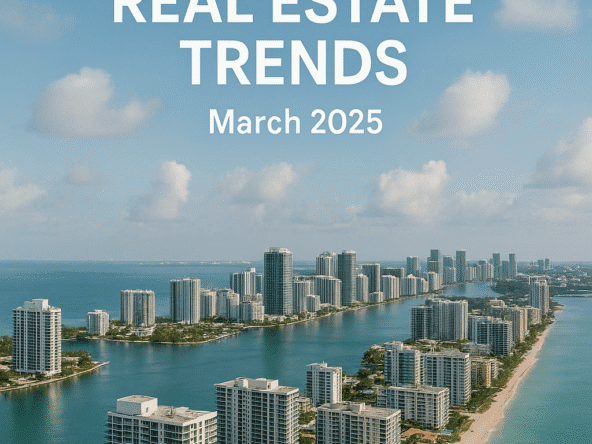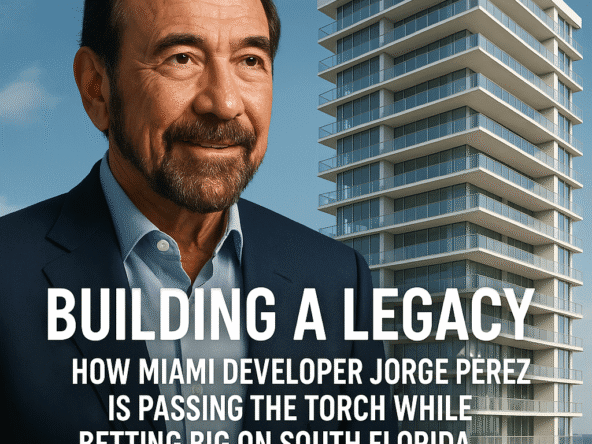The recent Fannie Mae blacklist of condos across Miami adds an additional layer of complexity to the condo market. The inability to secure financing and insurance has led to high levels of inventory. These elevated inventory levels come with increased opportunities and risks. For this reason, clients have been asking us which buildings are on the blacklist. While Fannie Mae’s official list remains confidential, cross-referencing some known blacklisted condos reveals patterns in the types of buildings most at risk. With this new development, it is more important than ever to work with a licensed real estate professional to navigate the market and avoid condo buildings at risk of being blacklisted.
In our last article, we discussed the unprecedented challenges facing the condo market after nearly 700 condominium buildings in South Florida were blacklisted. Prospective buyers are wondering which condos are on the list and how to avoid condos that might later be blacklisted. Below is a hypothetical compilation based on disclosed criteria, geographic trends, and expert insights. We are not saying these condos are on Fannie Mae’s official blacklist, we are merely speculating on which condos might be on the list and highlighting the criteria that cause a building to be blacklisted. These merely reflect high-probability candidates given the publicized reasons for exclusion (e.g., deferred maintenance, insurance gaps, financial instability).
1. Older Coastal High-Rises (30+ Years)
Buildings constructed before 1990 in flood- and hurricane-prone areas are disproportionately affected due to:
- Deferred structural maintenance (e.g., unrepaired concrete spalling, corroded rebar).
- Inadequate reserves to fund state-mandated milestone inspections and repairs.
- Skyrocketing insurance premiums (e.g., properties in Miami Beach, Sunny Isles, or Aventura with $500k+ annual premiums).
Hypothetical Examples:
- Oceanfront Towers in Surfside (similar to Champlain Towers South’s pre-collapse profile).
- 1980s-Era Condos in Bal Harbour with unresolved seawall or roofing issues.
2. Buildings with Pending Special Assessments
Associations that recently levied large assessments (e.g., $50k+ per unit) to comply with Florida’s 2024 reserve laws are likely flagged for:
- High delinquency rates (owners defaulting on payments).
- Insufficient insurance deductibles (exceeding Fannie Mae’s 5% cap).
Hypothetical Examples:
- Downtown Miami Mid-Rises where 30%+ of units are delinquent on fees.
- Coral Gables Condos with $10M+ pending facade repairs.
3. Condo-Hotel Hybrids
Mixed-use properties with transient rentals often fail Fannie Mae’s “primary residence” thresholds. These face dual scrutiny over:
- Commercial activity (e.g., short-term rentals exceeding 35% of units).
- Financial instability from volatile rental income.
Hypothetical Examples:
- Brickell High-Rises with Airbnb-centric ownership.
- South Beach Properties marketed as “investment condos” with hotel amenities.
4. Post-Surfside Non-Compliant Buildings
Despite state deadlines, many associations missed the 2024 structural integrity reserve study deadline, triggering automatic blacklisting. These include:
- Pre-2000 Towers lacking updated engineering reports.
- Associations that waived reserve funding pre-2023 reforms.
Hypothetical Examples:
- North Bay Village Condos with expired inspection certifications.
- Key Biscayne Properties delaying balcony repairs due to cost.
5. Underinsured Properties
Florida’s insurance crisis has forced associations to adopt risky policies, such as:
- Named-storm exclusions (common in HOA policies post-Hurricane Ian).
- Low-coverage limits (below 100% replacement cost).
Hypothetical Examples:
- Wynwood Lofts with $10M coverage gaps.
- Little Havana Walk-Ups relying on state-backed Citizens Insurance.
How to Verify Your Building’s Status
While the above is speculative, law firm Allcock & Marcus (who claims to have received a copy of the “official” list) and offers a confidential lookup tool for verified condo owners and boards. Common red flags include:
- Lender denials citing “project ineligibility”.
- Sudden drops in buyer interest (e.g., cash-only offers).
- Insurance brokers warning of non-compliance.
For now, transparency remains limited—but proactive financial planning and compliance with Florida’s safety laws are the strongest defenses against blacklisting. This speculative list highlights potential risks in Miami’s condo market but should not be considered definitive without verification from lenders or legal professionals familiar with Fannie Mae’s database. We collaborate with a team of lawyers and bankers to provide certainty to our clients. Give us a call to find out which condo buildings present opportunities and which to avoid.




